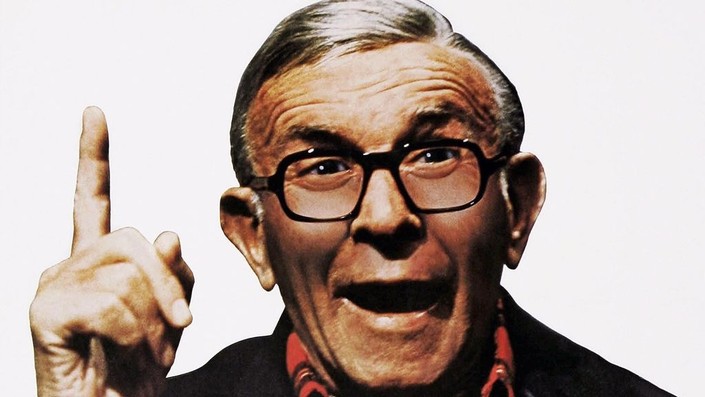Fred and ???
Last week's film was The Gay Divorcee; the second of nine films that Fred Astaire and Ginger Rogers made for RKO between 1933 and 1939.
This week's film is not one of the other eight.
I should probably explain that.
Following the release of the highly successful Shall We Dance, Fred Astaire was getting concerned that his entire professional career had been as one half of a dance partnership. On Broadway, he had been Fred & Adele (with his sister):
In 1937, he and Ginger decided to see what would happen if they took a short break from each other.
Ginger teamed up with Katharine Hepburn and made Stage Door.
Fred made A Damsel in Distress.
A Damsel in Distress is based on a 1919 novel by P. G. Wodehouse (who also co-wrote the screenplay) and was adapted as a vehicle for Fred Astaire at the suggestion of the composer George Gershwin.
The novel tells the story of an American composer (named George) who falls in love with the daughter of the 7th Earl of Marshmoreton after a chance meeting in London. (P.G. Wodehouse had a lot of fun speculating about George Gershwin's motives for adapting this particular story.)
In any event, George-the-composer of the novel becomes Jerry Halliday (Fred Astaire) an American dancer who is in the middle of a successful London engagement when Lady Alyce (Joan Fontaine) ducks into his taxi to get away from her chaperones.
A series of misunderstandings, mistaken identities and behind-the-scenes shenanigans follow in due course, accompanied by much hilarity and music.
Anyone familiar with P. G. Wodehouse's writing (or indeed the magnificent Jeeves & Wooster television series) will immediately recognise many of his tropes at work in this adaptation. Conniving servants, hapless (lesser) nobility, terrifying aunties and (mild) evisceration of British class norms are all very much in evidence.
Joining Fred in his journey through the Wodehouse universe (the Wodiverse?) are two comic performers who were very well-known to American audiences at the time.
George Burns might have been famous for his latter-day career as a venerable comedian/raconteur, or for his appearances in 1970s films such as Oh, God! and The Sunshine Boys:
...but in the 1930s, everyone knew him as one half of "George & Gracie" with his wife, Gracie Allen.
Legend has it that when they first met (in 1922) Burns wanted Allen to be the "straight man", feeding him the set-ups for his jokes. As you will see on Thursday, that format did not last...
As comedians and comic performers, Burns & Allen were well-known and extremely popular in 1937. What fewer people realised prior to the release of A Damsel in Distress is what accomplished dancers they were.
The same could not be said for the 19-year-old Joan Fontaine (the "damsel" of the title) who barely attempts to dance with Fred Astaire.
A Damsel in Distress was the second partnership between Astaire and his very close friend George Gershwin (after Shall We Dance) and tragically it marked the end of the road for Gershwin, who died of a brain tumour at the age of 38, four months before the film was released in cinemas.
Fred Astaire and Ginger Rogers eventually teamed up once again, and made two more films for RKO before going their separate ways (although they were reunited a final time in 1949). But A Damsel in Distress remains very special addition to Astaire's work from that part of his career, and one that has been unfairly overlooked; partly due to Ginger's absence.
We will screen A Damsel in Distress at 7.30 on Thursday, the 6th of June at the Victoria Park Baptist Church.





















Comments
Post a Comment